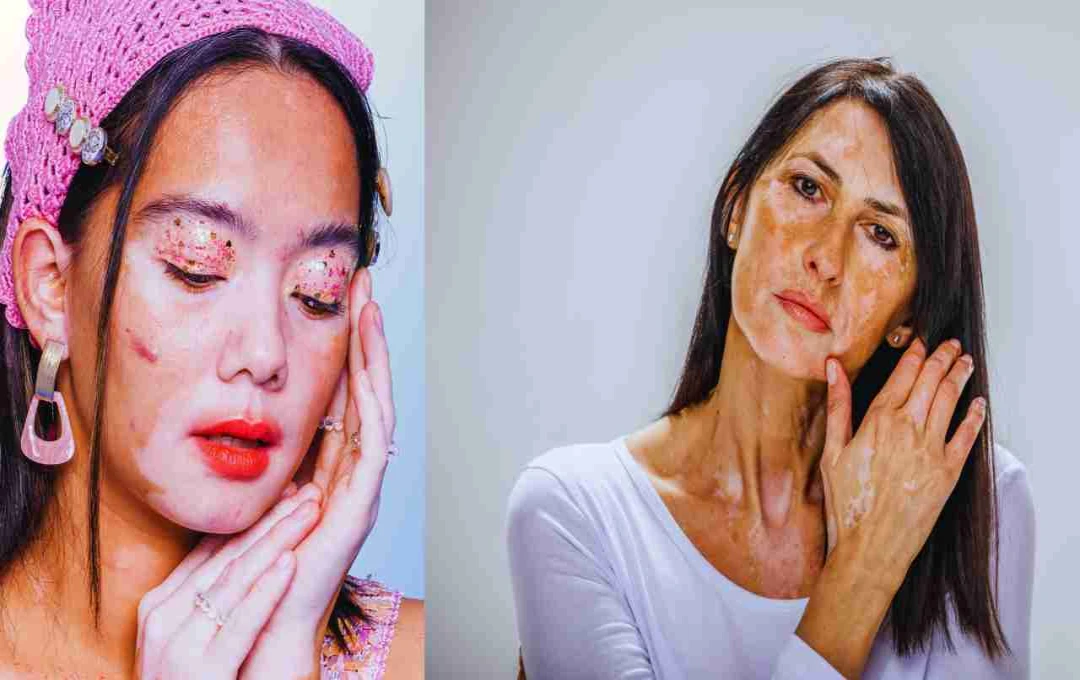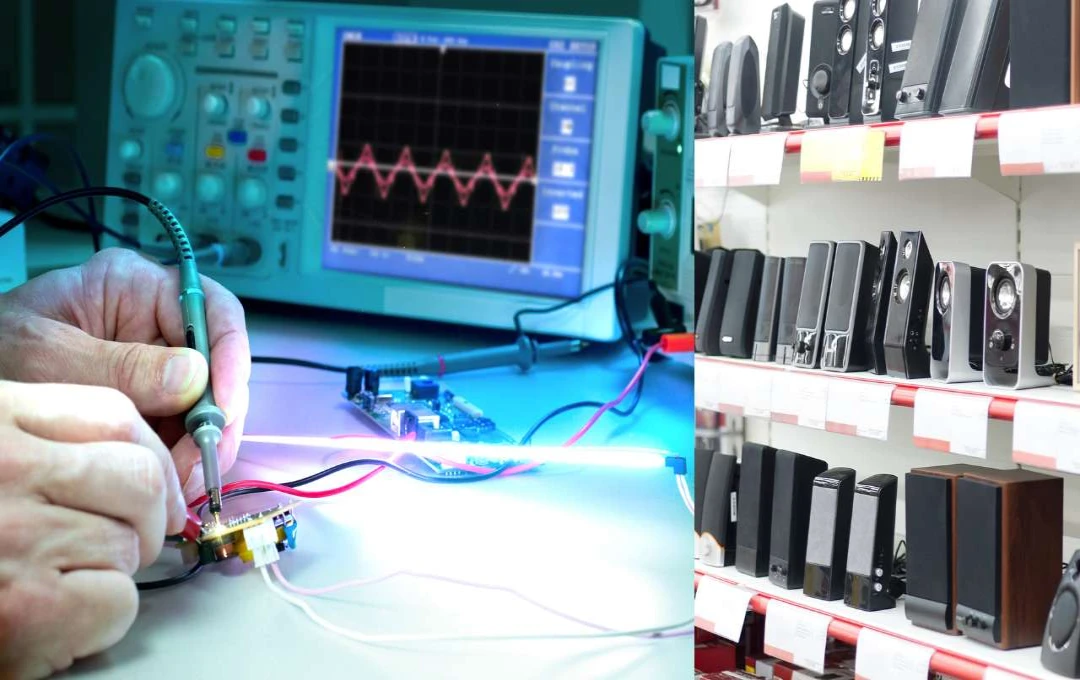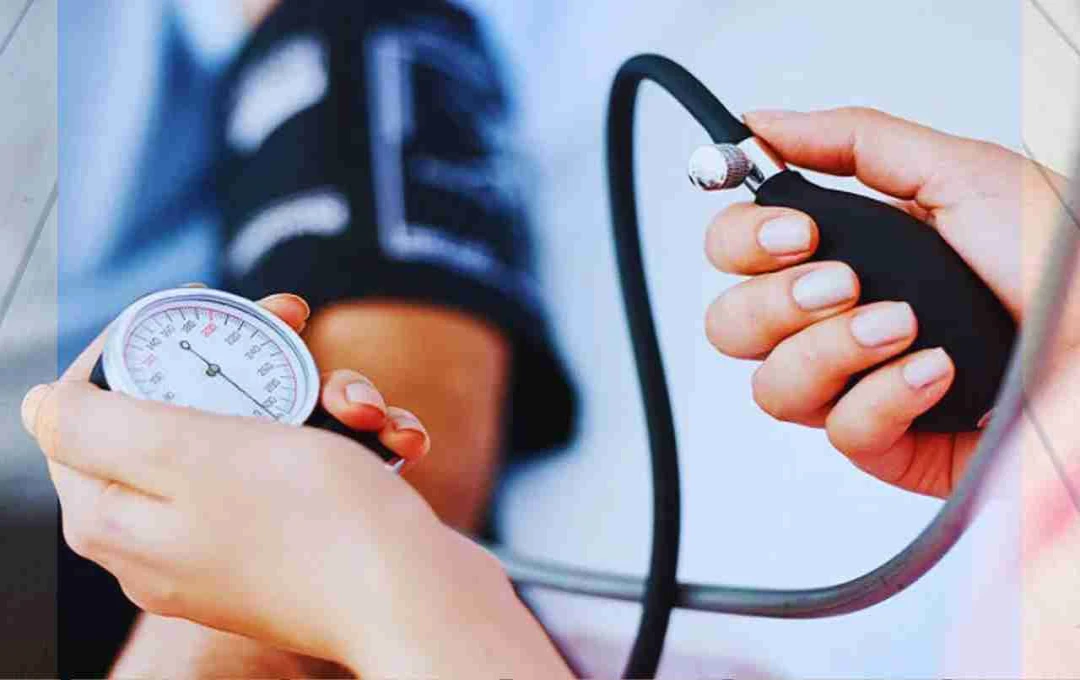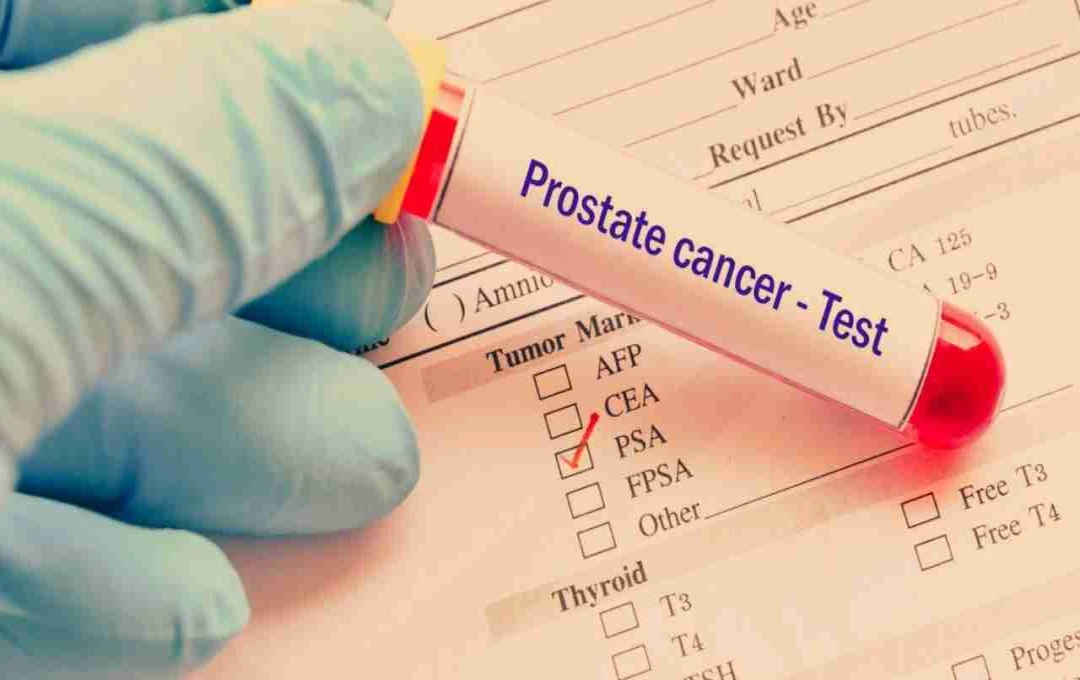Every June 25th is celebrated as World Vitiligo Day, with the aim of dispelling misconceptions surrounding the disease and raising awareness. Vitiligo, commonly known as white patches, is a skin condition characterized by the appearance of white patches or spots on the body. While not contagious, it can have a significant impact on a person’s mental and social well-being.
Early detection of vitiligo can help prevent its spread and restore the skin’s natural color to a considerable extent. Let’s explore what vitiligo is, its symptoms, and how timely treatment can mitigate its effects.
What is Vitiligo?
Vitiligo is an autoimmune skin disorder. In this condition, the body’s immune system mistakenly attacks melanocytes, the cells responsible for producing skin pigment, leading to their destruction. As a result, white or light-colored patches appear on different parts of the body.
Key Characteristics of the Disease:
- Not contagious
- Not caused by infection or allergies
- Can occur at any age
- Affects both men and women equally
Early Symptoms of Vitiligo

Early identification of vitiligo can prevent its progression and improve treatment outcomes. Some common symptoms include:
- Appearance of light white or milky-colored patches on the skin
- Primarily on the hands, feet, lips, around the eyes, or on the knees
- Gradual whitening of hair (on the scalp, eyebrows, or beard)
- Slow growth of the size of the patches or the appearance of new patches
- Increased sensitivity to sunburn in the affected area
If any of these symptoms are observed, it’s advisable to consult a dermatologist.
What Do Doctors Say?
Dr. Amit Bangia, Associate Director of Dermatology at Asian Hospital, states: ‘In most cases of vitiligo, patients come to the doctor when the patches have already spread significantly. However, if attention is paid to early symptoms, the spread can be prevented and the color can be restored to a large extent.’
He further explains that topical creams, vitamin supplements, and phototherapy are effective options in the early stages.
Why is Early Treatment Important?

1. Color Restoration is Possible
With early treatment, the skin’s natural color can be gradually restored.
2. Protection from Mental Pressure
White patches are not just on the skin; they can also affect a person’s self-confidence. Early treatment can help prevent depression and social isolation.
3. Confidence for Children and Youth
Especially school-aged children and young adults may feel embarrassed by this condition. Providing accurate information and treatment helps safeguard their mental development.
4. Spread Can Be Limited
Vitiligo gradually spreads. If it’s addressed in its early stages, the area of spread can be limited.
Treatments for Vitiligo – What are the Options?
Treatment for vitiligo varies depending on the individual’s symptoms, age, and the extent of the patches.
- Topical Treatment: Steroid-based creams and calcineurin inhibitors that help restore color.
- Phototherapy (NB-UVB): UVB light is used to reactivate melanocytes.
- Oral Medications and Vitamin Supplements: Supplements like Vitamin D, B12, and folic acid can improve skin health.
- Surgical Options: Skin grafting and melanocyte transplantation are used in some cases.
Can Vitiligo Be Cured Completely?
The truth is that there is currently no permanent cure for vitiligo, but with timely treatment and management, it can be effectively controlled. Some individuals experience vitiligo remaining stable throughout their lives, while others may experience a gradual progression. The key is to start treatment as early as possible.
Vitiligo is not a contagious or incurable disease. It primarily affects skin pigmentation, but it can also significantly impact a person’s self-confidence, social life, and mental state. Therefore, on this World Vitiligo Day, let’s address this disease with early detection, accurate information, and sensitivity.















